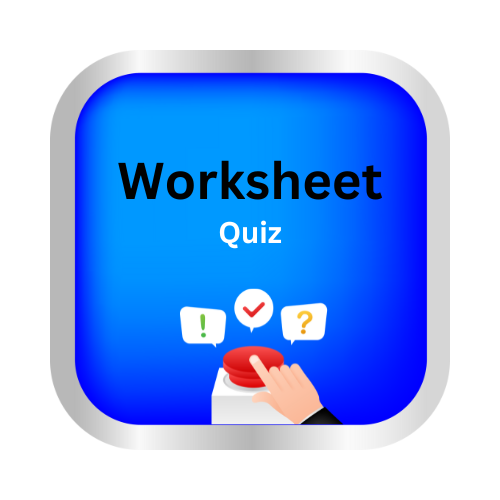Subtraction word problems – numbers up to 18
key notes :
Understanding Subtraction:
- Subtraction means taking away or finding the difference between two numbers.
- Use words like “take away,” “left,” “difference,” “less,” and “remaining” to describe subtraction.
Key Concepts:
- Subtraction involves two numbers: the minuend (larger number) and the subtrahend (smaller number).
- The result of subtraction is called the difference.
Using Numbers Up to 18:
- Problems should focus on numbers from 0 to 18.
- Ensure students are comfortable subtracting single-digit numbers and extending to subtraction within 18.
Word Problem Structure:
- Real-life Contexts: Use relatable scenarios (e.g., toys, fruits, or classroom items).
- Question Type: Problems should include “how many are left?” or “what is the difference?” questions.
Example Word Problems:
- “Anna has 12 apples. She gives 5 to her friend. How many apples are left?”
- “There were 18 pencils in the box. 9 were taken out. How many are left in the box?”
Learn with an example
🖋️The music school in Howard County held a children’s concert and an adult’s concert at the same time. A total of 10 students performed at the two concerts. If 6 students performed at the children’s concert, how many students performed at the adult’s concert?
_________students
Subtract the number of students who performed at the children’s concert from the total number of students.
Subtract:
10 – 6 = ____
You can count backwards to subtract. Start from 10 and count back 6.
10, 9, 8, 7, 6, 5, 4
10 – 6 = 4
The difference is 4. There were 4 students who performed at the adult’s concert.
🖋️Yesterday, Jackson took care of his younger brother and sister. He picked up a total of 11 of their toys. Jackson picked up 9 of his brother’s toys. How many of his sister’s toys did Jackson pick up?
__________toys
Subtract the number of his brother’s toys Jackson picked up from the total number of toys.
Subtract:
11 – 9 = ____
You can count backwards to subtract. Start from 11 and count back 9.
11, 10, 9, 8, 7, 6, 5, 4, 3, 2
11 – 9 = 2
The difference is 2. Jackson picked up 2 of his sister’s toys.
🖋️Deb has 12 marbles in her collection. If she gives 3 marbles to her best friend, how many marbles will she have left?
__________ marbles
Subtract the number of marbles she gives to her best friend from the total number of marbles.
Subtract:
12 – 3 = ____
You can count backwards to subtract. Start from 12 and count back 3.
12, 11, 10, 9
12 – 3 = 9
The difference is 9. She will have 9 marbles left.
Let’s practice!

